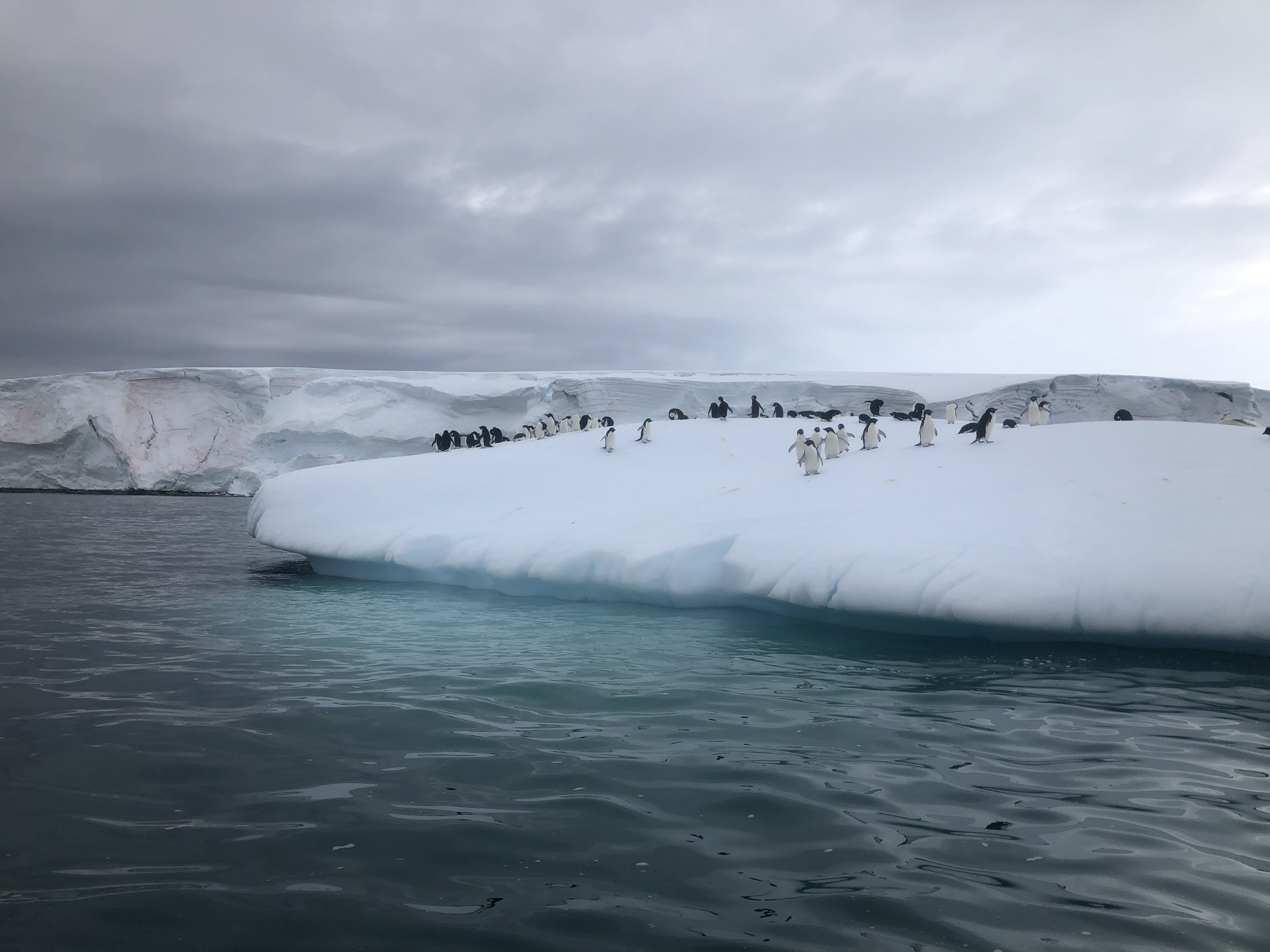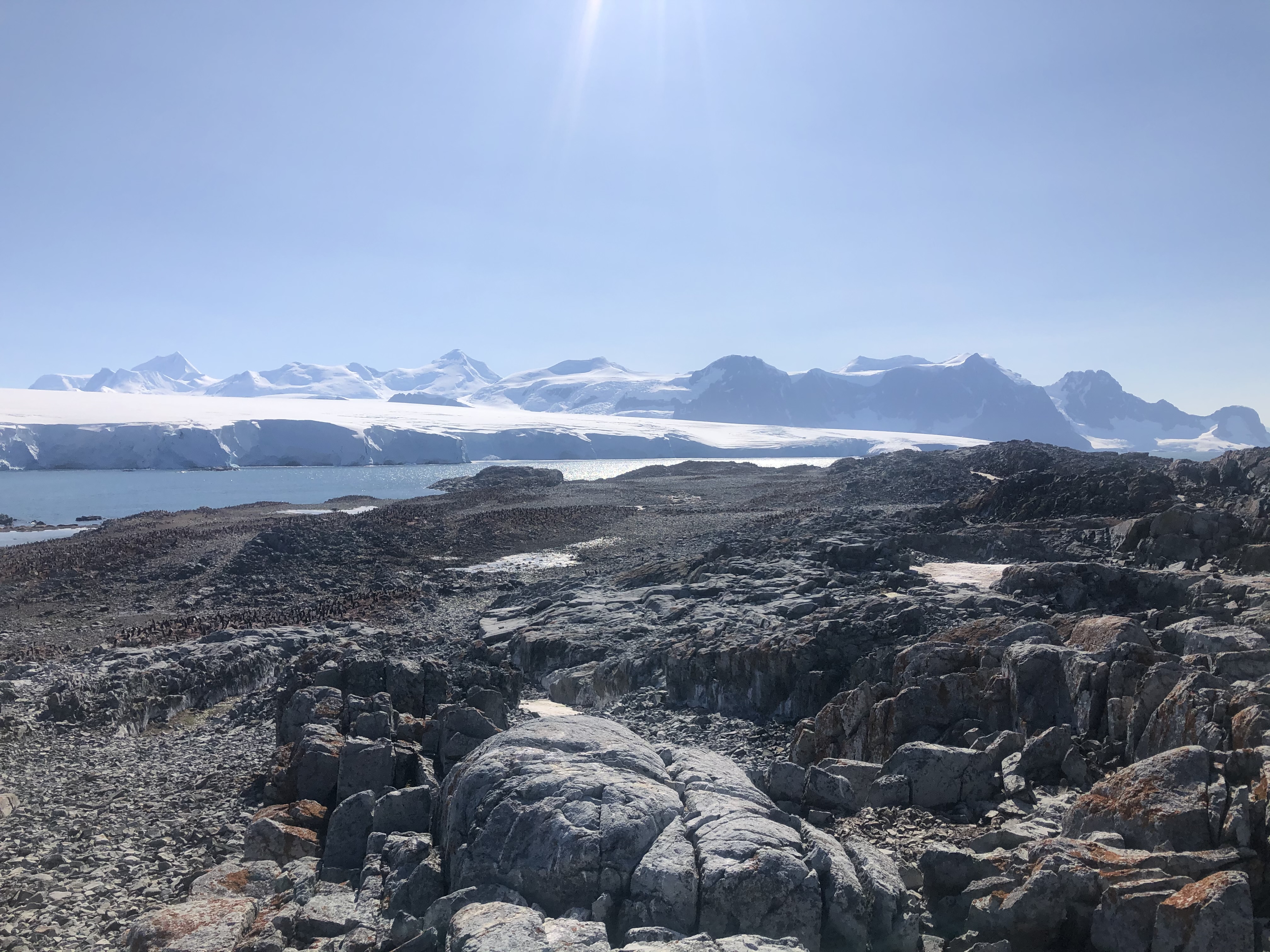Cyclical krill shortages
Climate change is causing cyclical krill shortages that are devastating for an Adélie penguin population
Published article in Limnology and Oceanography | Non-technical write-up coming soon to the LTER network website

I led a research project examining whether climate change is causing prey shortages for krill predators along the western Antarctic Peninsula. Prior research from the Palmer Station Long-Term Ecological Research (LTER) project has documented a ~5-year cycle in the population size of Antarctic krill, a key prey species in this region. These cycles occur due to climatic oscillations; once every ~5 years, climatic conditions are really good for krill - they have a really good year, which causes the population to shoot up. Then that krill boom dies off slowly over the next few years (krill have a lifespan of 5-7 years).
There has been some work done indicating that krill populations have decreased in this region over the past half-century. I wanted to see whether there was evidence that predators in the region are experiencing food shortages due to low krill populations. So, I looked at the Adélie penguin population here. Adélies eat primarily krill, and they have been carefully censused by the Palmer LTER project every year since 1992. Over the time period that I analyzed, 1992-2018, the Adélie population declined by 98%. I figured that if krill shortages were causing or contributing to Adélie population collapse, then their population growth rate should show evidence of 5-year periodicity, corresponding to the availability of krill.
That’s exactly what I found - there’s a strong periodic signal at ~5 years in the Adélie population growth rate (or, more accurately, decline rate).

My colleagues Joe Morton, Oscar Schofield, Doug Nowacek, and I further analyzed this pattern, sorting out whether this ~5-year cycle in the Adélie population growth rate was most likely caused by krill shortages or by other factors. We combined datasets of Adélie diets, zooplankton tows, primary productivity, and abiotic variables, and we found the evidence pointed towards krill shortages as the direct culprit. When krill haven’t had a good year in a while and their population is low, Adélies decline very quickly - sometimes showing overwinter declines of up to 40%, from which they never rebound.
We further analyzed abiotic data stretching back through the 1980s, and we combining all available net tow data from research pre-dating the LTER to paint a picture of krill demographic consistency over time since the late 1970s. These datasets came together to provide evidence that climate change has made the “average” conditions worse for krill, with the result that natural climate oscillations lead to good years only once every ~5 years. The result is increasingly long krill shortages that are devastating for the Adélie penguin population.
This outcome may portend serious issues for the entire ecosystem as well as the Antarctic krill fishery that relies on this region.
The full analysis is in our article here.